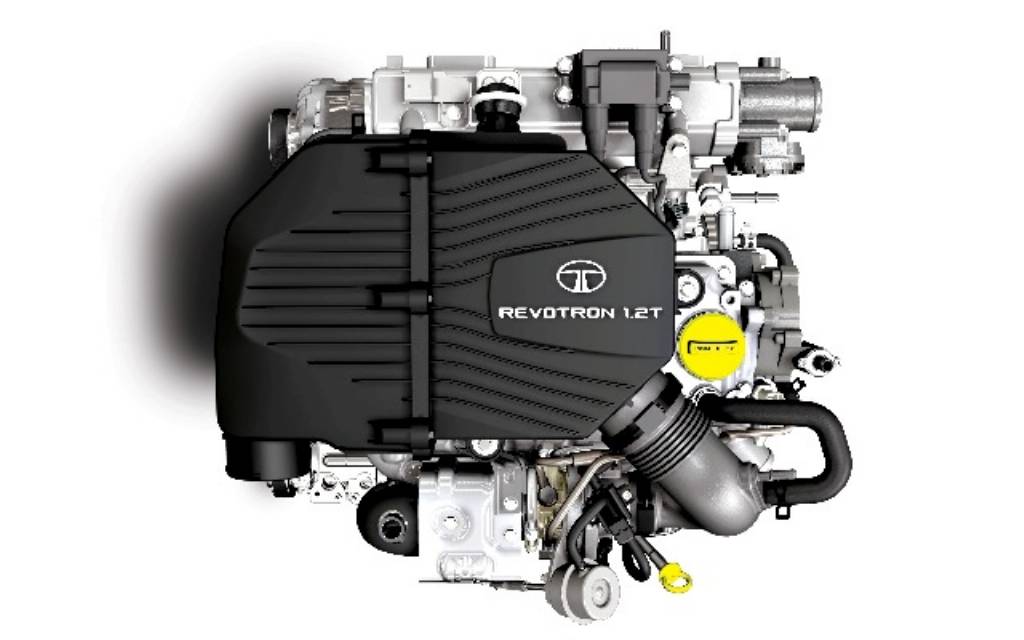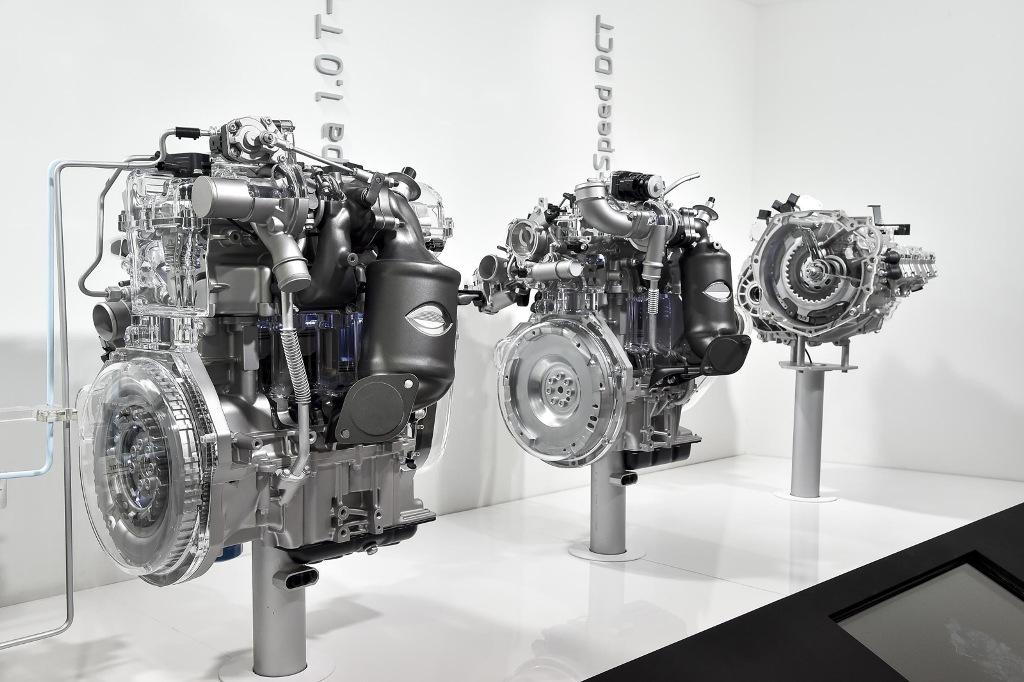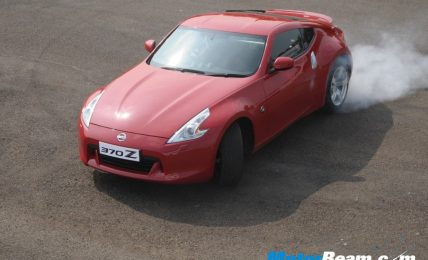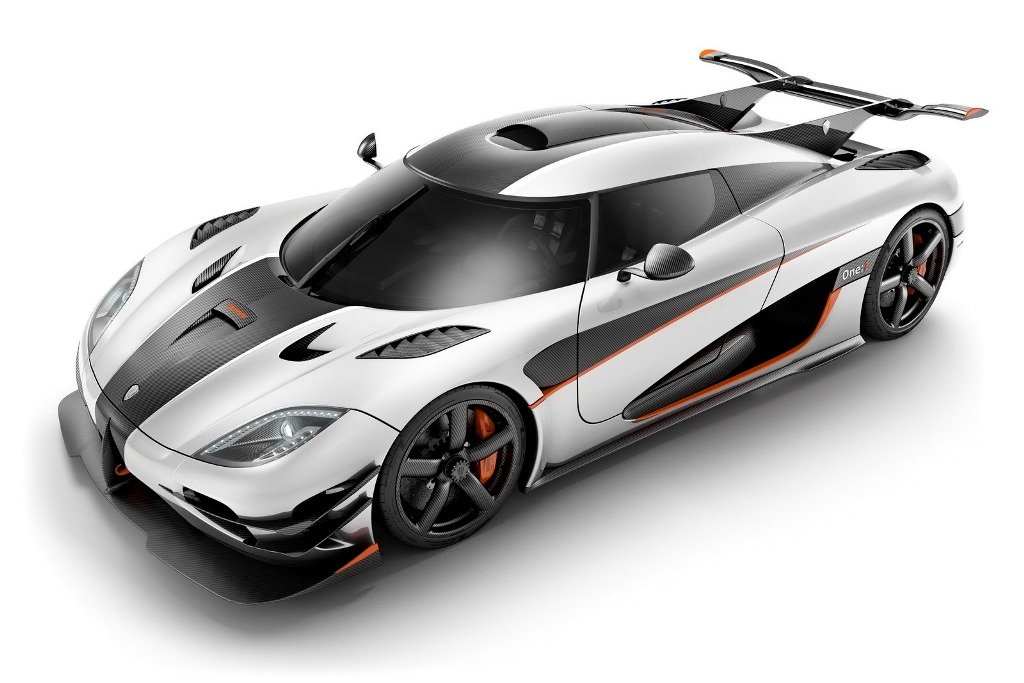Turbochargers isn’t new to us but there has been an increase in its application over the past few years. While all diesel cars are turbocharged, now petrol cars are also getting forced induction. We explain some important facts about turbochargers.

1. A turbocharger is a mechanical device which is used as a forced induction system to compress the air flowing into the engine. It increases the horsepower of an engine without increasing its weight which makes it so popular.
2. It was earlier used to power cars competing in hill climbs in order to compensate for the power loss in higher altitudes due to lack of oxygen.
3. It finds its application right from an F1 car to your homely Tata Zest.
4. It looks like two convoluted snails adjacent to each other (if you can imagine large snails). We can find it bolted to the exhaust manifold of an engine.
5. Turbine casing is connected to exhaust manifold and a compressor is connected to intake manifold of the engine. Both turbine and compressor are connected via a common shaft.
6. A turbocharger primarily increases the amount of air which is going into the engine along with the fuel to burn the air fuel mixture more efficiently, hence producing more power.
7. Compressor uses the velocity of otherwise waste gases from exhaust to power itself to compress the air going into the engine.
8. Better the oxygen content, better will be the combustion process and hence the power output of the engine.
9. The turbine in the turbocharger spins at speeds of up to 1,50,000 revolutions per minute (RPM), that’s about 30 times faster than most car engines can go.
10. Turbo Lag –
- It is the silence before the storm.
- A turbocharger to work at its full potential, it requires to rotate at certain RPM to produce required pressure which is not possible at lower engine speeds as the velocity of exhaust gases won’t be enough to spool it. So after engine reaches some RPM the turbocharger starts to work and immediately we can feel the boost in power. This delay in power is called turbo-lag
11. Waste Gate –
- Waste gate is a valve that allows the excess gases to bypass the turbine blades.
- This is very essential especially in fixed geometry type turbochargers to keep the boost level of turbo in check so as not to blow the engine.
12. Intercooler –
- When air is compressed, it heats up and expands. In order to get more power from the engine, the goal is to get more air molecules into the cylinder, not necessarily expanded air.
- Intercooler cools the heated air resulting from compression before going into the engine in order to increase the turbo effect and also to save engine from knocking.
13. Disadvantages –
- The most profound disadvantage of having a turbocharged engine is that the exhaust sound of the engine won’t set your heart racing.
- The testimony to this fact is the contrast in sounds of 2014 F1 cars with their naturally aspirated predecessors.
14. The largest manufacturers and suppliers of turbochargers are Garrett (Honeywell), Borg Warner and Mitsubishi Turbochargers.
15. In recent years many advancements in this area have been observed, to name a few –
- Variable geometry turbocharger or popularly known as VGT.
- Multi stage turbochargers.
- Twin scroll turbochargers.
- Electric motor driven turbo chargers.




